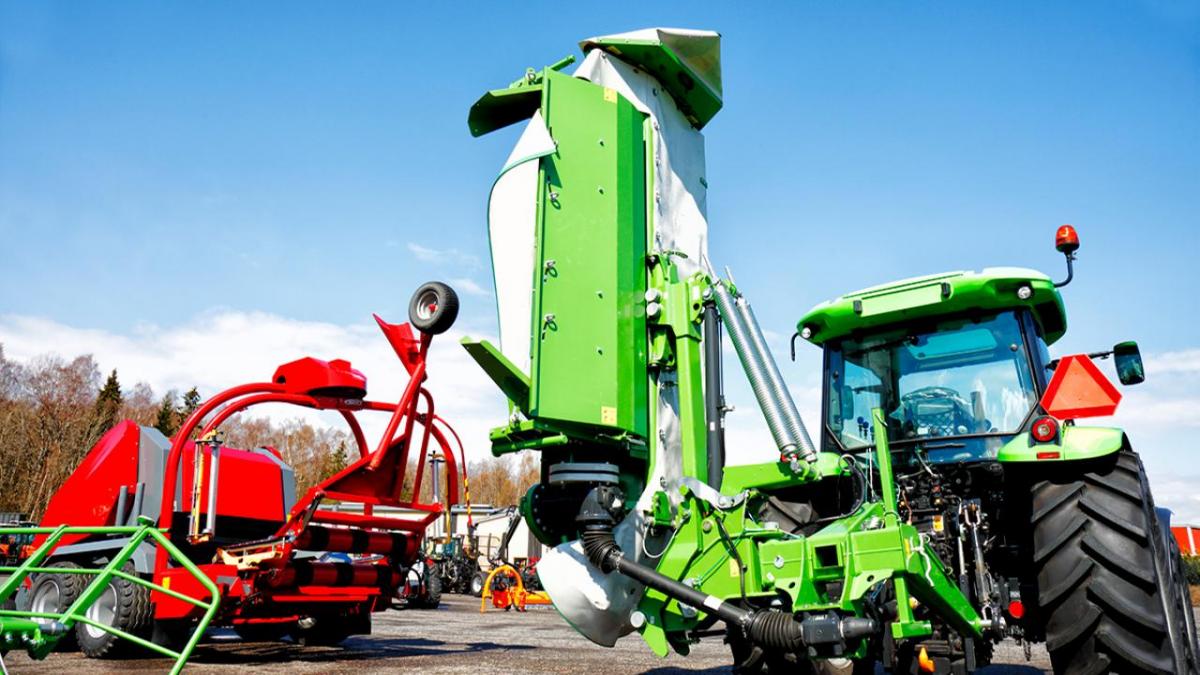Valuing inventory can be a complicated process within agriculture. Not only do you have purchased inventory to handle, but you also have raised inventory. In general, inventory is valued at what is called the lower of cost or market. Cost is the price paid for the item, while market is the current market price.
Typically, you will see lower of cost or market take effect when inventory has deteriorated, become obsolete, or the market price has declined. In agriculture, we have another layer available under certain circumstances. At times, we can use the net realizable value to value crops and market livestock. A net realizable value is an estimation of a selling price after the cost of the sale. To try to help visualize this valuation process, take a look at the below graphic.

As you can see, some accounts, such as feed, can be purchased or raised. Those items can also be used on the farm or can be sold. With multiple avenues, it becomes necessary to define what the intent is to value the inventory correctly. Once you understand the intent, you can begin to calculate the value. Below is a breakdown of purchased versus raised inventory, with the intent of used versus sold designated.
- Purchased inventory for use on the farm.
- Value at cost.
- Purchased inventory for sale.
- Value at lower of cost or market
- Net realizable value can be used when other valuation methods unobtainable, except for feed.
- Raised inventory for use on the farm
- Value at the lower of the actual cost to produce or the cost at which it could currently be purchased on the market.
- Raised inventory for sale
- Value at the actual cost to raise the inventory
- Net realizable value can be used if actual cost calculation is too complicated.
Given the information up to this point, it is possible to start applying this knowledge to our recordkeeping system. Here are a few examples:
- Barada Bob harvested 80 acres of corn on the homeplace and stored it in the 20,000-bushel grain bin. Barada Bob has no livestock. The intent is to sell the corn at a later date. The corn is a raised inventory item with the intention to sell. If possible, Bob should value the inventory of corn at the actual cost of raising it. If that calculation is not possible due to complexity, Bob can value the corn at net realizable value. Again, net realizable value is the estimated selling price minus costs.
- Fargo Fred just finished cutting and baling hay this week on the homeplace. Fred intends to use the baled hay to feed the cattle during the winter. Fred does not track the hay production costs as most of the hay comes from waterways and other non-tillable acres. The hay is a raised inventory item for use on the farm. Given the lack of records to accurately calculate an actual production cost, Fred is left with valuing the inventory at the current market price.
- Arago Adam has just taken delivery of feed from the local feed supply company. Adam will be using the feed to supplement the cattle operation. The inventory is purchased and intended for use on the farm. The value of the feed is recorded as the purchasing cost.
- Vince Verdon is in the feeder cattle business. Vince recently purchased 20 head of feeder cattle with the intent to resell later in the year after adding some weight. This represents purchased inventory with the intent to resell. The cattle will need to be recorded at the lower of cost or market.

